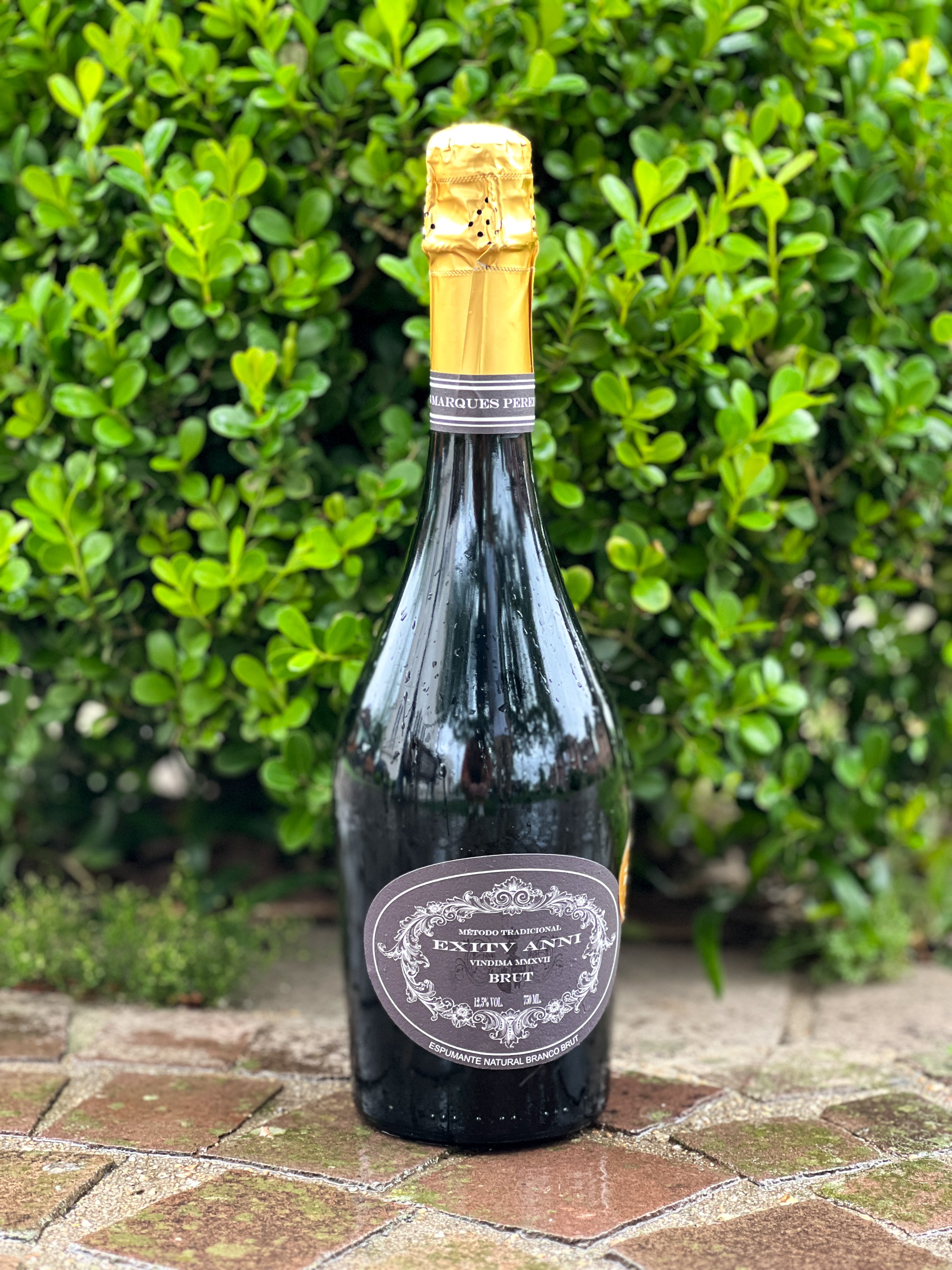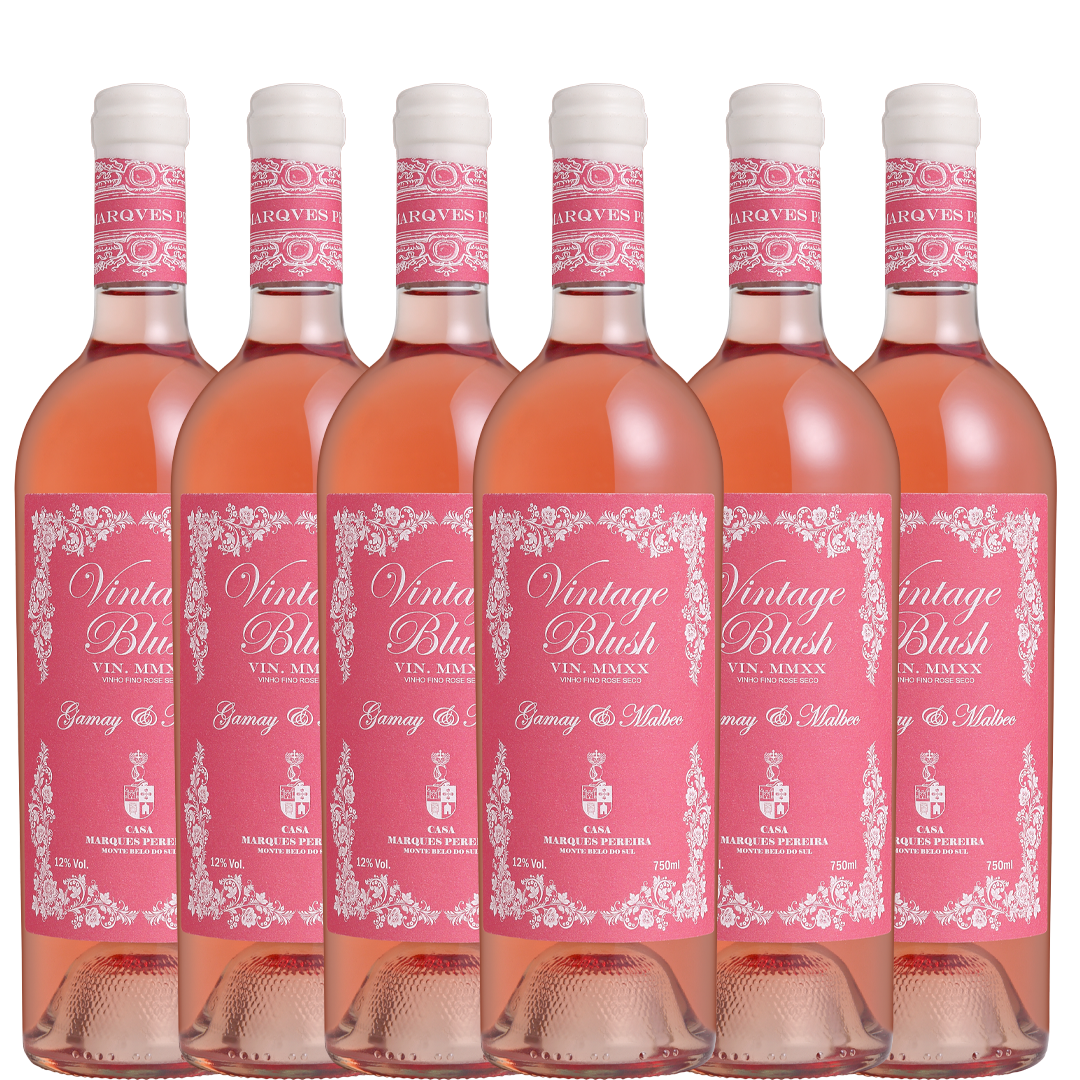Get to Know Your Wine: Cabernet Franc
One of the most traditional and important grape varieties in the world. The silent, elegant heroine that guarantees the success of its varietals, traditional blends, and even the success of other cultivars.
The Cabernet Franc grape is undoubtedly one of the most important in the wine world. Produced on a large scale, its relevance is much greater than its own existence, as it has brought other emblematic varieties to light in the viticultural world. We can even say, with some certainty, that this extraordinary grape variety has helped define the direction and preferences of wine consumers, even if they haven't drunk a single drop of this elegant red.
When we talk about "Cabernet," it's normal to associate it with, and complete the name, the intense and distinctive Sauvignon Blanc. Always powerful, with very present tannins and persistence. But all this fame is only possible thanks to the elegant and delicate Franc Blanc. For hundreds of years, both Cabernet Blancs have shared the gentle hills of Bordeaux, each with its own particularities, but generally working together, with Franc Blanc offering the support and balance that Sauvignon Blanc, along with another favorite, Merlot, needed to gift wine lovers with the immortal Bordeaux blends.
It was only in 1995, thanks to pioneering scientists in ampelography, that they deciphered the DNA of this variety to discover that both Merlot and Cabernet Sauvignon are direct descendants of the noble Cabernet Franc. This ancestral grape variety is directly and indirectly responsible for almost all the great labels of modern red wines. Its versatility and resilience helped establish classic regions and develop promising areas throughout the New World.
Where did Cabernet Franc originate?
Even though it is considered one of the noblest daughters of French soil, a symbol of the Bordeaux region, its roots are so ancient that they predate even the infamous locality. Its historical records go beyond borders, as most scholars believe that its origin lies in the Basque Country region, in northern Spain, near the Pyrenees, from where seedlings of this variety accompanied religious pilgrims back to France.
The main records indicate that, at some point in the 17th century, Cardinal Richeliou, an important figure in the Catholic Church and the Crown at the time, took some Cabernet Franc cuttings to the Abbey of Bourgueil in the Loire Valley and entrusted the plants to the care of the local leader, who went by the name Breton, exactly as the Cabernet Franc grape is known to this day in this region.
Its versatility, resilience, and ability to adapt to the most diverse climates helped the spread of this variety, covering hundreds and hundreds of hectares across France and later Italy, Hungary, and other Old World countries. Its potential carried the grape variety across the seven seas, where it found a home and continues to thrive to this day, from China to Canada and from New Zealand to Brazil.
Cabernet Franc in Brazil
With the challenge of finding the best varieties for each producing region of the New World, it was inevitable that Cabernet Franc would arrive in South America and eventually gain importance in Chile and Argentina. By the time these regions became relevant, vast cultivation areas already existed in Brazilian lands. That's right, this grape was already well-known in Brazilian soil, having been brought there around 1900 and gaining significant importance in Rio Grande do Sul, and especially in the Serra Gaúcha region.
To be more precise, between the 1970s and 1980s, Cabernet Franc was the most planted wine grape in the state of Rio Grande do Sul, the largest producer in the country. Over the years, this sophisticated variety gave way to other grapes with greater commercial appeal and ended up losing prestige. Many producers also attribute this decline to a very peculiar fact that compromised the quality of the vineyards. The seedlings that spread in the Serra region were not of the best genetic material and, over time, productivity fell sharply, forcing producers to seek more profitable alternatives. In fact, the annual production of this variety, which reached more than 12 tons in its golden years, fell to less than 3 tons in less than two decades.
Fortunately for us (and deservedly so), this variety is regaining prestige, attention, and planted area, allowing increasingly interesting labels to emerge on the market. Its productive characteristics are ideal for the Serra Gaúcha terroir ; earlier than Cabernet Sauvignon, it ripens completely one or two weeks earlier, allowing for the production of deep and intense wines that take advantage of the complexity of its aromas, the balance of its tannins, and its excellent acidity.
Notes and Harmonization
One of its main characteristics is its immense capacity to adapt to very different climates. It can develop very powerful and distinctive wines in the more classic style, or even more delicate and gentle wines, with complex aromas and balance on the palate. Wines made in the traditional style of the Loire Valley take advantage of the best of its bouquet and excellent acidity, characteristics enhanced by the milder climate of the Serra Gaúcha. The Reserva Cabernet Franc is a perfect example of this description.
General Characteristics: Wines made with Cabernet Franc exhibit excellent acidity and freshness with gentle, ripe tannins , reaching an alcohol content between 12.5% and 14% depending on the vintage conditions. Their characteristics pair very well with aging in oak barrels, especially French oak, for 8 to 12 months . Careful production ensures an aging potential of 6 to 15 years .
Notes and Serving: Cabernet Franc wines have a delicate color, with a medium to intense purple hue , and exceptional, very intense aromas ranging from violet and wild berries to cassis, currant, eucalyptus, and some mineral notes that are repeated on the palate, with a slight spiciness reminiscent of black pepper and very delicate tannins. It should be served in glasses with a wider bowl to facilitate aeration and the release of aromas, and at temperatures of 16 to 18°C . Decanting for forty minutes, or up to an hour if possible, is recommended.
Pairing: The excellent acidity makes Cabernet Franc wines great for pairing with game birds and rich red sauces in pasta, risotto, and even pizzas. It goes well with grilled or stuffed vegetables, even those with slightly spicy flavors . It makes a perfect pairing with brie cheese and is a sure choice to accompany dishes with barbecue sauce .

















